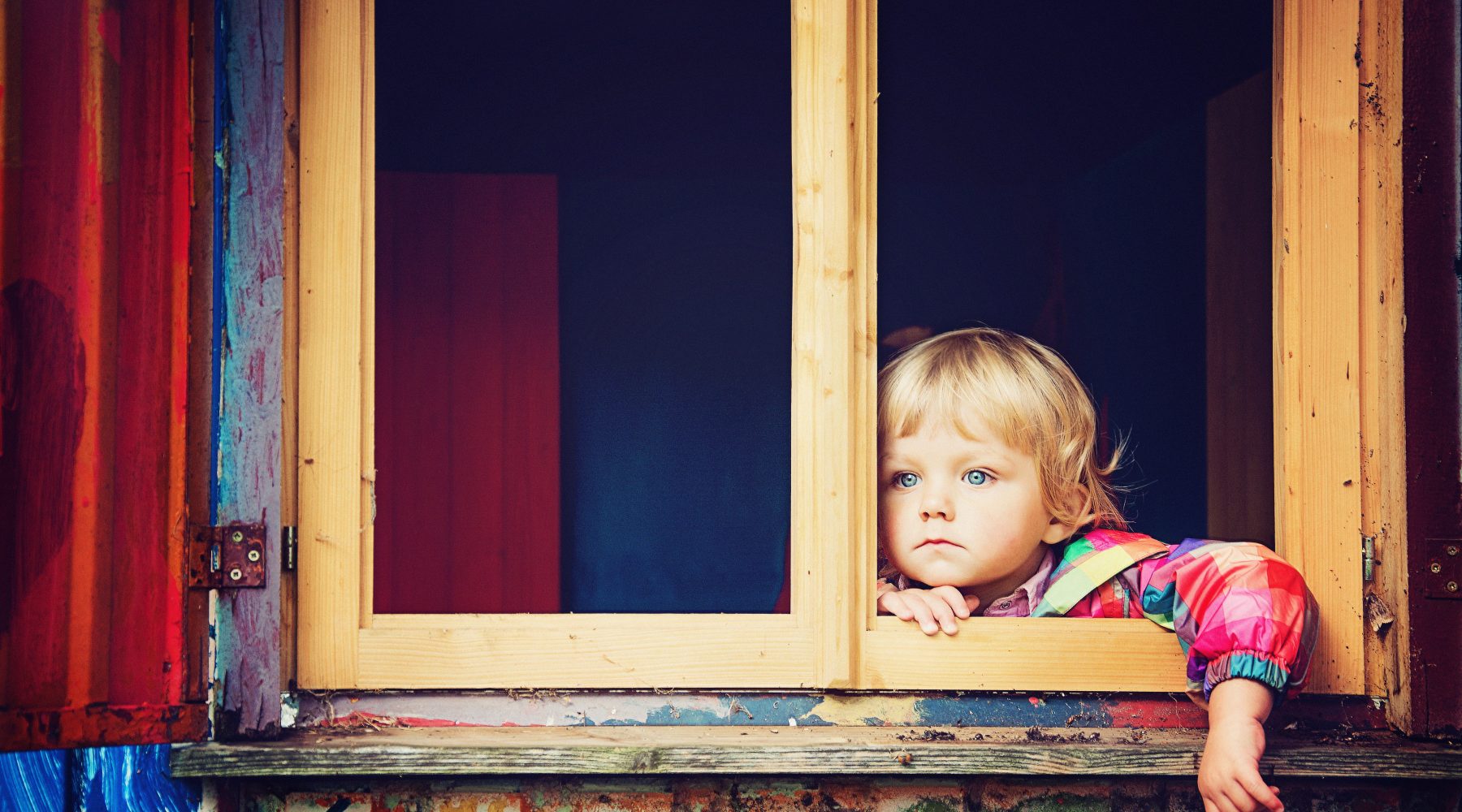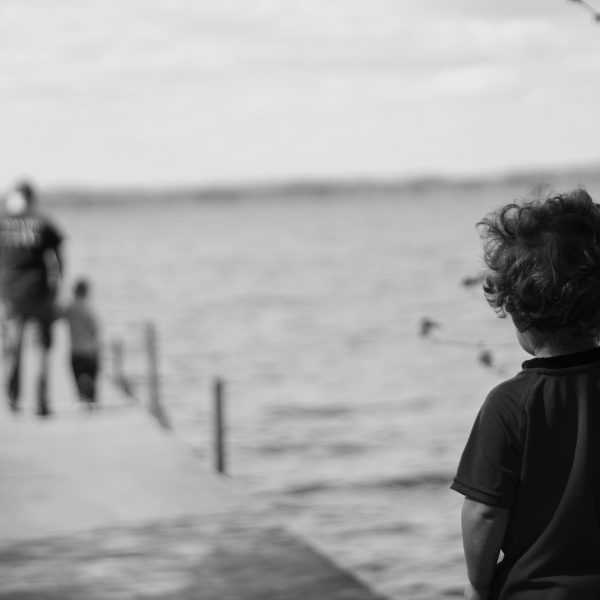The role of pedagogy in exploring gender perspectives

The question of gender, and the role of the educator in supporting, maintaining or challenging gender norms, has become a topic of increased debate over the past few years. Here, The Sector Editor Freya Lucas explores the role of early childhood educators in this space.
The discussion and debate prior to the legislation regarding marriage equality, controversial and diverse opinions on the Safe Schools program, and discussions by prominent early childhood education and care (ECEC) advocates on the role of consent and celebrations of special days being picked up by mainstream media have all led to robust discussion in ECEC circles about gender, sexuality, and early childhood.
What is the role of the educator in this space?
Are these types of discussions “political correctness gone mad?” Or are they reflective of a time when educators are developing pedagogy that takes a critically reflective stance on gender stereotyping?
What does the Framework say?
The Early Years Learning Framework (EYLF) begins by reminding its readers that one of the primary outcomes educators should seek to deliver is outcome one; children have a strong sense of identity.
As children develop a strong sense of identity, the EYLF tells us, they learn about themselves, and construct an identity within the context of their family and community. The identity of the child is not fixed – it is shaped by experiences. When children have positive experiences, they develop an understanding of themselves and their place in the world.
Likewise, when children receive negative messages, particularly in the context of gender stereotypes and norms, their identity is shaped and formed by those experiences also.
How does identity construction evolve?
The construction of identity – the ‘answering’ of internal questions such as “who am I?” “how do I fit in here?” and “what’s my influence in this space?” all begin in early childhood.
Consider every day comments from your own youth that you may recall;
- I need some big strong boys to help me with….
- Sugar and spice and all things nice…
- Clap hands, clap hands ‘til Daddy comes home, for Daddy has money and Mummy has none
- I see all the girls at the front are sitting nicely…
Reflecting on the examples above, what stereotypes were reinforced? Males are strong, they go out in the world and earn the money. Females are docile, sit quietly, and are rewarded for being patient and nice.
These type of stereotypes reinforce identity archetypes from an early age and as our recollections proves, they stay with us for long periods of time.
Current Australian ECEC conversations
While we might have moved on from these stereotypes to a certain extent – being more inclusive with our language choices, and encouraging traits such as resilience and persistence in children of all genders – how much progress have we made, as a profession, in understanding that identity – including gender identity – is linked to a sense of belonging, and children’s voices and perspectives being respected?
A quick scan of one of the most popular discussion groups on social media, relating to Australian ECEC practices, reveals comments (in relation to a discussion about pronouns and gender) such as:
“Who wants to be known as “nothing”. Please man this is beyond pathetic. I am a woman and a mrs and want to be recognised as such. That’s all we need now.. generations who don’t know what they are?”
“RUBBISH of course we all have a gender!!! Yes there are very very few exceptions!! But in other cases its identity change not a gender change! How dare people take away the beauty that each gender brings! Each has their own beautiful qualities – this is such rubbish! It’s actually making people feel less of a person!”
Whilst we have many voices in the ECEC sector advocating for inclusion, and freedom of choice, we also have a lot of confusion and fear with the inevitable impact on children who sit outside of gender norms, or who are part of atypical family structures being affected.
Identity, Expression, Biology explained – The Genderbread person
Gender identity refers to what happens between our ears.
Gender identity focuses on how we, in our heads, chose to see ourselves, comparative to others in the world around us. Depending on what we understand the word “male” or “female” to mean, based on the working models around us, we determine our gender.
Gender expression refers to what happens on the outside, and focuses on how we tell the world what we identify as, and how we feel on any given day.
Consider babies born with little hair, and no capacity to make their own clothing choices. In the absence of words, how do parents communicate the gender of their child to the world? Typically, it is through the style and colour of clothing, the application of accessories – such as baseball caps and hair bows – and through the style of communication.
Biological sex refers to the group we are put in at birth.
When every baby is born, they are classified as male or female based on physical criteria.
With gender expression and identity being one of the few ways we allow, even encourage, identity-based segregation in our ECEC context, it is a worthy discussion topic in our sector.
The opportunity for ECEC professionals to affect change in the realm of gender identity and acceptance cannot be underestimated but wrestling with the challenge and complexity of personal bias in the field of gender and gender identity is a key barrier but of vital importance for growth and change.
The family’s role is key – Some insights revealed
The role of parents in working alongside ECEC services to shape and cherish gender, expression, identity and difference is paramount.
In early 2017, Our Watch conducted a survey, asking parents of children aged birth to three years old about their perspectives on gender equality, and whether they believe gender has an impact on their children. The survey found that the majority of parents believe that girls and boys should be treated in the same way – at least in the early years.
Whilst this seems like good news on the surface, the findings revealed some complexities.
Parents of young girls were more comfortable with their daughters engaging in masculine-type play (such as playing with toy cars and trucks, or building with blocks) than they were with their sons engaging in feminine play (such as caring for dolls, dressing up in female clothing, or playing the role of mother in a game).
The findings of the survey demonstrate the important role that ECEC has in challenging, practicing and promoting greater equality and acceptance in the gender domain, giving children freedom and space to be themselves.
What happens next? The EYLF and an example
How can we take all a broad spectrum of perspectives and move forward together with the children at its core and what does a respectful environment for those children, in terms of gender expression, look like?
A useful starting point can be found on page 14 of the EYLF, in a series of three reflective questions:
- Who is advantaged when I work in this way? Who is disadvantaged?
- What questions do I have about my work? What am I challenged by? What am I curious about? What am I confronted by?
- What aspects of my work are not helped by the theories and guidance that I usually draw on to make sense of what I do?
Consider the following scenario:
A parent has made a complaint about an educator reading “Sparkle Boy” to the children – a story about Casey, a young boy who loves to play with blocks, puzzles and trucks, but who also loves things that sparkle, shimmer and glitter.
The parent complaint accuses the service of “pushing an agenda” on to the children, and that the message of the story – sparkly things are for everyone to enjoy – is setting their child up to be bullied when they start school next year.
Using the scenario above, those advantaged may be children who want to express themselves with sparkles, or children whose interests sit outside traditional gender norms – girls who wish to have ‘boy’ haircuts, or boys who want to paint their nails or wear sparkly fabrics.
Those disadvantaged may be parents, who are uncomfortable exploring non-traditional expressions of gender, parents for whom such explorations are culturally inappropriate, or children who share their thoughts with a wider audience, using the story as a provocation, only to be met with shame, mockery or derision.
In this example, the questions an educator may have about their work could be:
- Should we consult with parents before reading stories with a social justice perspective?
- Is this parent isolated in their perspective, or is this a feeling shared by many?
- How else may this situation have been handled? For example, including shiny fabric in the environment for all children to access.
Suggestions for educators – Help is at hand
Educators may be challenged, curious or confronted about their own perspectives on gender, expression and identity. They may use this instance as a provocation to conduct further research into their pedagogy, beliefs and practices, exploring and challenging the notion of “that’s just the way things are” and expanding this out to include thoughts of “this is the way things have been, but what might they look like moving forward?”
Practical suggestions for setting up a physical and emotional environment which allows for differing expressions and explorations of gender identity will be as diverse and varied as the educators, children, and families who work with and use services.
For some general guidance, resources include:
- TEDx talk from Batya Greenwald,
- HRC’s Welcoming Schools guidelines,
- this blog post, about creating gender neutral environments,
- toys are toys, clothes are clothes,
- No Limitations – a resource guide for early years educators,
- this post, on talking to children about gender fluidity, and
- the Rainbow Fox story and resource kit, developed by Communities for Children and Centre for Non Violence, Ballarat.
The EYLF calls on educators to be inclusive and intentional, to challenge their thinking and practice, and to be deliberate, purposeful and thoughtful in their decisions and actions – to be the opposite of teaching by rote or continuing with traditions simply because things have ‘always’ been done that way. This is the case for many practices, provocations and pedagogies which influence the way in which we work with children each day.
Nowhere is this challenge and purpose, this call to be more intentional, of more importance than in the space of supporting children to explore who they are, and where they belong in the world, and gender exploration and expression forms a cornerstone of this identity.
Being, belonging and becoming are not just words to put on a wall, or to use to create a “belonging tree” – they are a call to arms, a reminder to all educators about the power they have to support, guide and nurture children in the years before school, and to provide spaces where children are seen, heard and understood.
Popular

Workforce
Quality
Research
When did it start to go wrong?
2025-12-18 08:00:46
by Fiona Alston

Quality
Practice
Research
Curiouser and Curiouser: What Alice helps us see about who should teach
2025-12-19 07:15:35
by Contributed Content

Quality
Provider
Research
A call to action for Early Childhood: Accountability and transparency in the National Strategy to prevent child abuse annual report 2025
2025-12-18 07:00:37
by Fiona Alston















